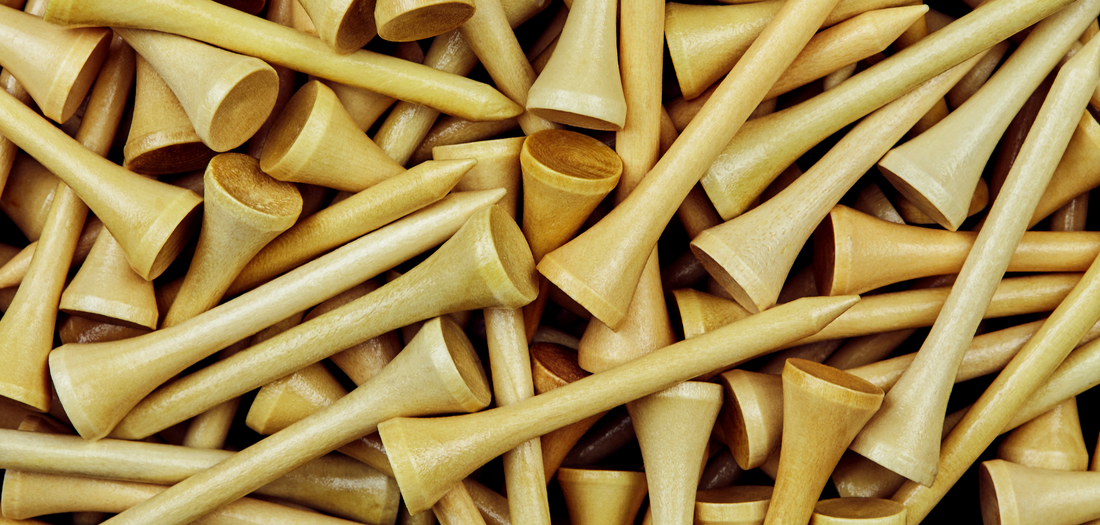
The Evolution of the Golf Tee: From Sand Mounds to Wooden Marvels
Share
Golf, a game of precision and tradition, has seen remarkable transformations in its equipment over the centuries. Among these, the evolution of the golf tee stands out as a fascinating journey from makeshift sand piles to the wooden tees we recognize today.
The Humble Beginnings: Sand Tees
In the early days of golf, players faced a unique challenge: how to elevate the ball for a better shot. The solution was simple but effective—golfers would fashion small mounds out of wet sand to create a makeshift tee. This method, while functional, was far from ideal. The process of gathering and shaping the sand was time-consuming, and consistency in tee height was hard to achieve.
The Innovation of Dr. George Grant
A significant breakthrough came in 1899 when Dr. George Grant, a Boston dentist and avid golfer, patented the first wooden golf tee. According to the USGA, Dr. Grant’s invention provided a stable and reusable solution to the problem that had plagued golfers for years. This wooden tee not only saved time but also offered a consistent height for every shot, significantly improving the game’s efficiency and enjoyment.
The Rise of the Reddy Tee
Despite Dr. Grant’s innovation, it wasn't until the 1920s that wooden tees became widely popular. This change was spurred by the invention of the Reddy Tee, which featured a simple yet effective design that appealed to golfers of all skill levels. The Reddy Tee's success marked the beginning of the wooden tee's dominance in the sport.
The Advantages of Wooden Tees
The adoption of wooden tees brought several benefits that revolutionized golf. By elevating the golf ball above ground level, tees allow golfers to achieve a higher launch angle and lower spin. This combination is crucial for maximizing distance, enabling players to hit the ball farther than they could if it were sitting directly on the turf. The consistency provided by wooden tees also helps golfers develop a more reliable and repeatable swing, leading to better overall performance.
Modern Tees: Innovation Continues
While wooden tees remain a staple, modern golf has seen the introduction of tees made from various materials, including plastic and biodegradable options. These contemporary designs aim to enhance durability and reduce environmental impact. However, the core principle remains the same: providing a stable, elevated platform for the perfect shot.
Conclusion
The evolution of the golf tee from sand mounds to sophisticated wooden designs reflects the broader history of innovation in golf. Each improvement has aimed to make the game more enjoyable and accessible, allowing players to focus on their skills and the beauty of the sport. As technology continues to advance, who knows what the future holds for this small but essential piece of golfing equipment? One thing is certain: the humble tee will always play a crucial role in the game of golf.
